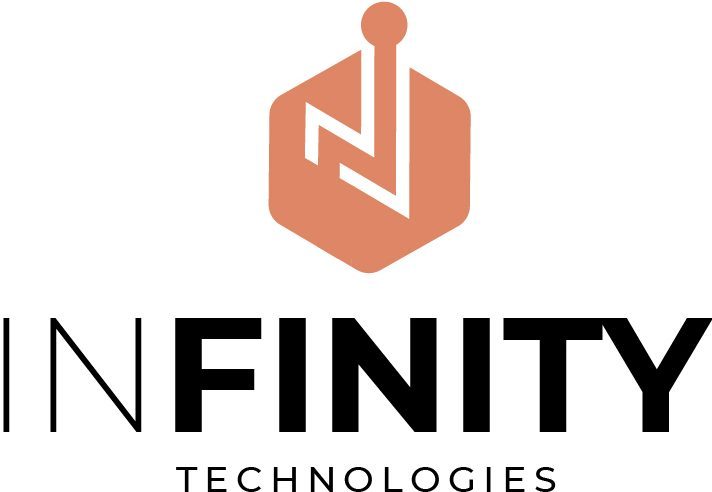You’re unlikely to convert a visitor on their first visit. It’s important to know what your client does in between.
You can use micro conversion metrics to track your clients and determine where you should optimize your website pages to encourage visitors to reach your goal. What are these metrics, and how do you follow them in a scalable manner for all of your clients?
This article will examine the differences between micro and macro conversions. It will also explain why micro-conversions are essential and how to track them effectively.
This article will:
- What is a micro conversion?
- What SaaS tools are suitable for tracking micro conversions?
- What is a macro conversion?
- What is a macro conversion in Google Analytics?
- Examples of Micro and Macro conversions
- Summary: Micro Conversions and Macro Conversions
What is a micro conversion?
Micro conversions are the critical steps between when customers visit a site for the first time and when they reach their final goal. Micro conversions are incremental or secondary actions showing a visitor’s progress toward converting.
A micro conversion could be any of the steps leading up to a purchase (or conversion), for example:
- Add a product to the shopping cart
- Choose your shipping options.
- Filling in payment information
Types of micro conversions
You can choose between three micro-conversion types: Engagement, Navigation, and Interaction. Knowing how to differentiate between them will help you decide what action to take next.
Navigational Micro Conversions
You can tell by the navigational data where visitors head: Are they reading reviews or browsing products and services? Or are they filling in contact information or browsing for more information about a product or service?
You may need to improve the copy and images on a page if visitors need to spend more time there before leaving—direct visitors to these high-intent landing pages before attempting to convert them directly.
You’ll want to remove roadblocks when visitors enter the checkout process. Do you need to load your website faster? There are too many steps. Would a final review or testimonial help seal the deal for you? All of these things can push a micro-conversion towards an actual purchase.
Finding navigational micro-conversions is the key to closing gaps in your sales funnel, ultimately leading to increased revenue.
Metrics to Track:
- You can identify pages that you consider high-intent by the time spent on them
- Spending time on conversion-critical pages such as the checkout or demo request page
- Visits to pages supporting the purchase of products, such as testimonials
- This is only for non-eCommerce sites.
- To see if the ad is working, check the SERP clickthrough rate.
Engagement Micro Conversions
This metric will tell you how much time visitors spend clicking around on a website and if they are returning visitors. Engagement micro-conversions show high intent.
Metrics to Track:
- The number of pages that have been viewed over a specific target
- Time spent on the page above the target
- Frequency and recency of visits over a set target
Micro Interaction Conversions
This type of micro-conversion indicates what a visitor to a website does when on that page. They might add a product to their cart, download a resource or watch a promotional video.
Metrics to Track:
- Time on Page
- Clickthrough Rate (CTR)
- Bounce rate
- Pageviews of product pages, funnel pages (such as contact and form pages), and other pages
Marketing agencies can use micro-conversion tracking to guide new prospects in the right direction using email marketing campaigns, retargeting, and conversion optimization on-site.
What SaaS tools are suitable for tracking micro conversions?
Tracking micro-conversions helps businesses optimize their buyer’s journey and personalize the marketing strategies for each client. It also allows them to experience potential customers. It’s a challenge to do all this at scale. You’ll need the right tools in your agency’s tech stack.
You’ll want to identify the most critical micro-conversion metrics and optimize your conversion efforts. You’ll need to analyze your customers’ behavior for actionable insights to create a seamless channel. This might be obscure from your Google Analytics.
Dashboards for web analytics can help. You can track not only your conversion goals but also your on-page metrics.
SaaS tools like the above example allow you to track your goals and display critical metrics visually. Create unique metrics for each client to demonstrate how their website activities contribute to the business goals of that client.
You can convert each micro conversion you consider a good indicator of campaign performance into a Google Analytics Conversion Goal. This will allow you to track its progress daily or monthly. You can then quickly identify which goals are on track and which need more attention.
With AgencyAnalytics, you can create automated reports in just minutes. You can save time by having everything under one roof.
What is a macro conversion?
Macro conversions, also known as macro goals or macro conversions, are actions that your clients want their visitors to take on their website, such as:
- Make a purchase
- Filling out a Lead Gen Form to provide contact information
- Requesting a quote
- Calling their business
Macro conversions depend on the business goals of your client and your marketing agency. A purchase is the ultimate conversion goal for an online store. However, a completed form would be the final goal for a blog or lead generation website.




